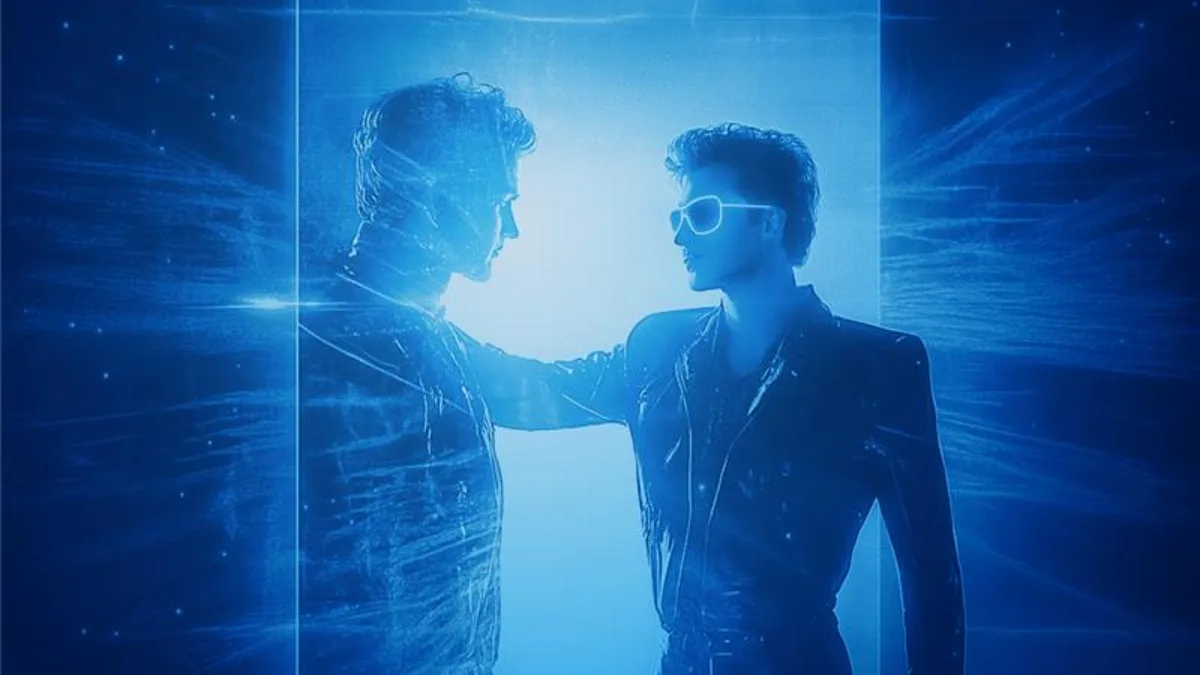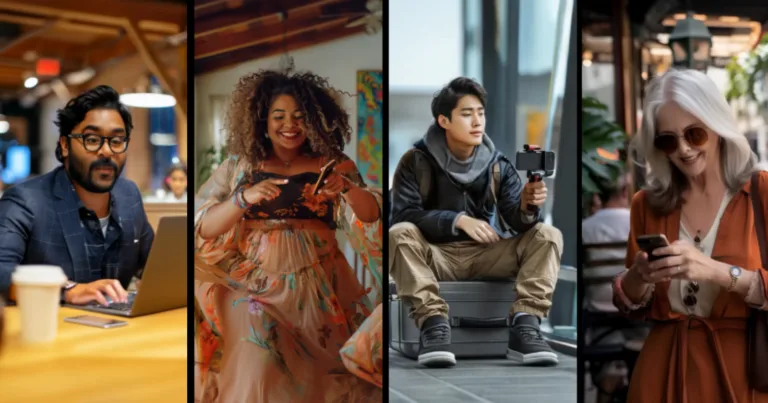Almost three-quarters (71%!) of B2B buyers are Millennials or Gen Z (Forrester).
Seems like only yesterday that pundits were yakking about the rise of millennials and how it would affect business culture. Those Millennials are now well into their careers and rapidly entering middle age. (I’m sorry, Millennials, but it’s true. You can switch to wearing taller socks but time marches on regardless.)
People born in or near the 2000s are the new kids in town, and this Gen Z wave is changing the game for B2B marketers once again.
The buying group is even bigger than you think.
Forrester predicts, “As the Millennial and Generation Z buyer cohorts increasingly drive purchases, they will rely on external sources — including their value network — to help make their decisions.”
A few related stats to mull:
- 6sense reports that nearly three-quarters (72%) of buying teams now hire consultants or analysts to help with purchasing decisions.
- Among younger buyers who responded to Forrester’s Buyers’ Journey Survey, 2024, 30% indicated that 10 or more people outside their organization are involved in purchase decisions.
- Not surprisingly, word-of-mouth recommendations still carry the highest weight, with 73% of buyers ranking it as their most trusted source (Wynter).
So, what does that mean for B2B marketers?
Just as we’ve gotten our heads around using account-targeted campaign and media strategy to reach multiple members of the buying group, we must expand our understanding of the audience. We need to reach more broadly to influencers outside of the target organization –– without becoming scattershot.
And where do you start?
1. Continue to invest in your social presence
Social media has become a top source of information across B2B buyers regardless of age (PR News). As more and more “social media natives” get into decision-making roles, its influence will only grow. My LinkedIn scroll is already replete with memes and personal stories, and yours probably is too. The divide between personal and professional social media is getting thin (LinkedIn). You may want to consider expanding your brand’s presence on social channels that have traditionally been thought of as more personal if you have the resources, savvy and determination to support them.
Even if you’re not actively publishing widely, you should be listening widely. Keep digital ears open across social platforms, online communities and industry forums. Conversations are happening in these channels and consideration sets are being formed –– whether you’re part of them or not.
2. Influence the influencers
“Influencers” are not just for aspirational lifestyle brands. They’re part of the value network for B2B buyers too. Identify who has credibility and clout, engage them, and look for opportunities to partner with them.
More and more of our clients are getting serious about their influencer strategy, and it’s about time. Chevron Lubricants has been effectively working with influencers for years, most recently with Bryan Furnace, a heavy equipment operator, content creator and the host of Equipment World’s weekly video show, The Dirt. He’s got the expertise, experience and street cred (worksite cred?) to discuss oil technology claims and benefits with authority. (Chevron’s work in this area recently won them a 2025 B2BMX Killer Content Award for “Best Influencer Marketing”. You can see their award-winning video series with Bryan here.)
3. Authenticity still matters
Consider how you might enable and encourage customers to share honest reviews about your services or solutions. It may feel risky, but it’s a strategy that pays off in increased visibility and credibility.
Reviews help you get found. Great reviews are social proof that speaks for itself. Not-so-great reviews give you the opportunity to authentically engage and repair. How you show up in moments of challenge has enormous influence on the perception of your brand. The “Service Recovery Paradox” has been observed for decades – that is, brands that respond to challenges transparently, quickly and with meaningful action may be perceived more favorably than if no problem had occurred in the first place (Wikipedia).
4. Be sharable
While the idea of a B2B campaign going viral may sound unlikely – at least before Workday’s delightful “Rock Star” spots – it’s a worthwhile ambition. Especially when you use “viral” to mean “gets shared among target audiences.” Sure, you could take a cheeky, entertaining (and costly!) approach like Workday did, but there are other ways to create experiences that are worthy of being shared amongst value networks and by influencers.
What is your brand expert on? What do you care deeply about? What causes or ideas do you want to be associated with? Answer the same questions about your target audiences. Draw your Venn diagram and start in the areas of overlap as a jumping off point for ideation. Maybe there’s content you can create, a learning opportunity you could sponsor, or a contest or event or handy-dandy calculator or tool.
5. Learn about – and from – your audience
Look around your organization. I bet there are at least a few Gen Zs, and I know it’s bursting with Millennials. Tap into your own team for insight. How they make significant purchase decisions in their personal lives may reflect how they’d want to approach business buying. Extensive online research, reaching out to friend and family networks for opinions – almost certainly ducking the salesperson until they have already decided to buy. Ask: how can you reduce friction from your processes and get ahead of theirs?
In B2B marketing, strengthening your brand and accelerating demand go hand-in-hand. (Yikes. Do I leave the corny rhyme? Yes, I do.) They should be thought of as deeply interconnected marketing motions serving the same ultimate goals – build interest, build trust, build results.
There you go. One new generation, three major shifts in the landscape, and five things B2B marketers should be thinking about now.



